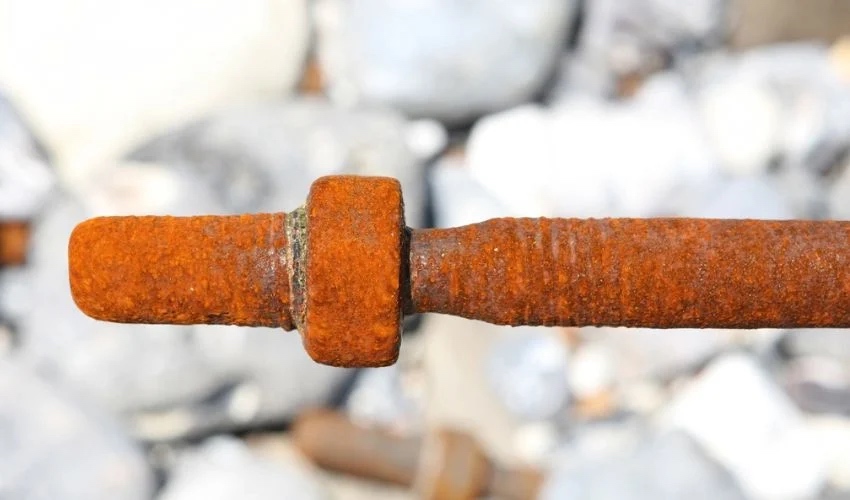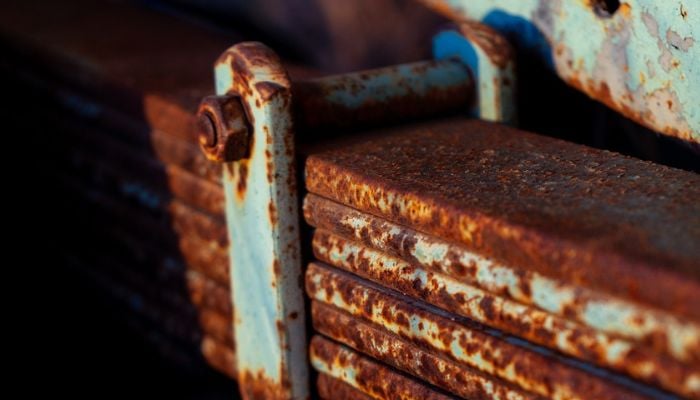Strengthening Metal Through Oxidation – A Radical Research Approach With Great Potential?

Metal 3D printing is used in numerous fields and possibilities for expanding its potential are constantly being discussed in the aerospace, automotive and shipbuilding industries. Large-format parts are now being produced from metals using 3D processes and the technologies are being tested in increasingly extreme environments, including in space. Despite the numerous advances in this field, the engineers involved face constant challenges in terms of technology and materials: Porosity, isotropy and corrosion are just some of the difficulties that need to be overcome to ensure the durability and efficiency of manufactured parts. But what if these challenges could be turned into an advantage? Could the supposed disadvantages of the materials perhaps turn out to be advantages after all?
This speculation led Professor Changhong Ke to a radical research assumption. The lecturer in the Department of Mechanical Engineering at Binghamton University’s Thomas J. Watson College of Engineering and Applied Science wants to find out whether there is a way to make metal stronger through oxidation. With the help of nanotubes, which he embeds in metal for additive manufacturing, he wants to find out whether the annoying corrosion can also be put to positive use.

Professor Changhong Ke incorporates nanotubes into additively manufactured aluminum to study the effects of corrosion (photo credits: Jonathan Cohen)
This bold assumption is based on the properties of boron nitride, which could potentially be used profitably in combination with metals. Boron nitride is a compound that is already used in cosmetics, pencil leads and in the dental sector. Professor Changhong Ke believes that microscopic structures made of boron nitride could strengthen metals so that they react less strongly to humid environments such as seawater and could even give them strengthening properties. “You can’t avoid oxidation, so we are trying to take advantage of it by turning it into a new, reinforcing mechanism to make the material stronger,” Ke said.
In order to achieve these self-reinforcing properties, he wants to create a deliberately controlled porosity in the metal, which makes easier oxidation possible. In this case, oxidation would be an advantage and would not lead to damage. To achieve this, Ke inserts nanotubes into the metal. These are only a few nanometers thick and a maximum of one hundred micrometers long.
“We designed this as a sandwich structure,” he further explains. “It’s like a hot dog, with the nanotube as the meat and the metal as the bread.”
Metal Oxidation as a Game Changer?
The aim is then to find out how oxidation changes the bond between the nanotube and the metal and affects the self-reinforcement mechanism. A high-resolution scanning electron microscope enables the research team to observe and document this process in real time. To find out how the load transfer takes place and how the oxidation affects the stiffness, strength and toughness of the metal reinforced by nanotubes, Ke’s team will also test the thesis on a larger scale. Computer models will also help to understand how self-reinforcement takes place.
Ke received a grant of $150,000 from the National Science Foundation for his radical approach. Early-concept Grants for Exploratory Research (EAGER) program supports untested but promising research ideas that could potentially deliver groundbreaking results.
Ke is confident in his approach and sees great potential impact on the materials sector and application industries: “We’re hoping this will provide a new perspective to the scientific community about how we view metal oxidation in terms of future material design,” he said. “That could change the research landscape for these metal materials, particularly for 3D printed metal. It has so many promising applications in different areas, and it even could revitalize U.S. manufacturing competitiveness.” You can find out more about the research approach HERE.

Photo Credits: Pixabay / rperucho
What do you think of the idea that oxidation could strengthen metals? Let us know in a comment below or on our LinkedIn, Facebook, and Twitter pages! Don’t forget to sign up for our free weekly newsletter here for the latest 3D printing news straight to your inbox! You can also find all our videos on our YouTube channel.
*Cover Photo Credits: Pixabay / robert_owen_wahl







Thanks for sharing!